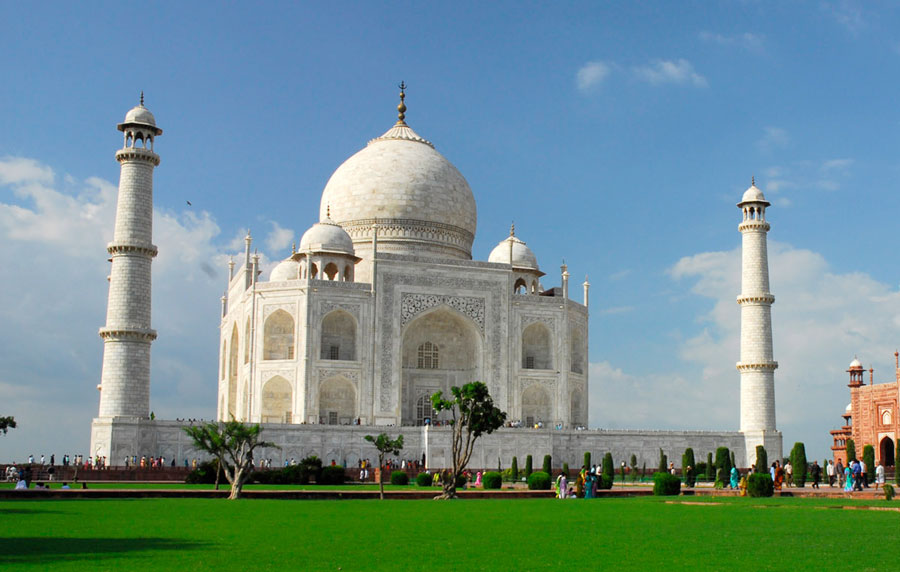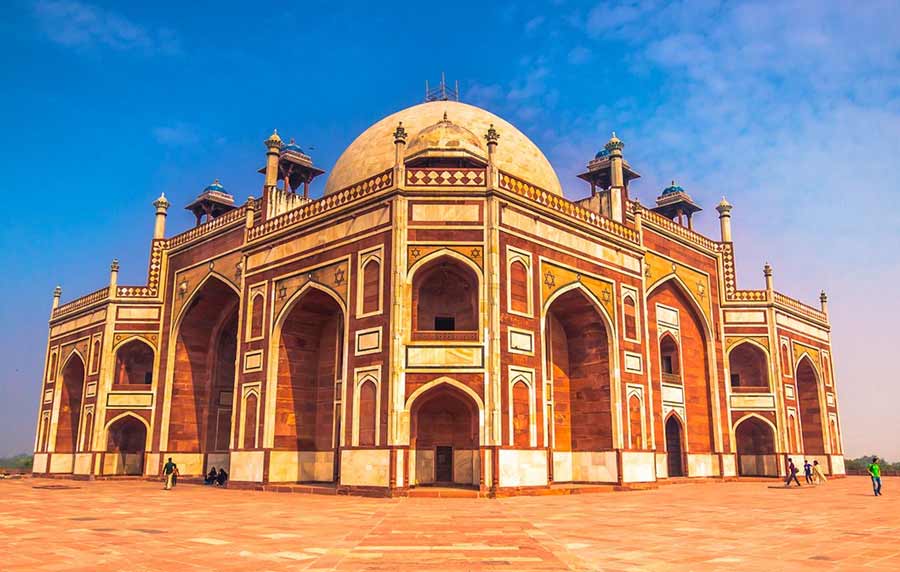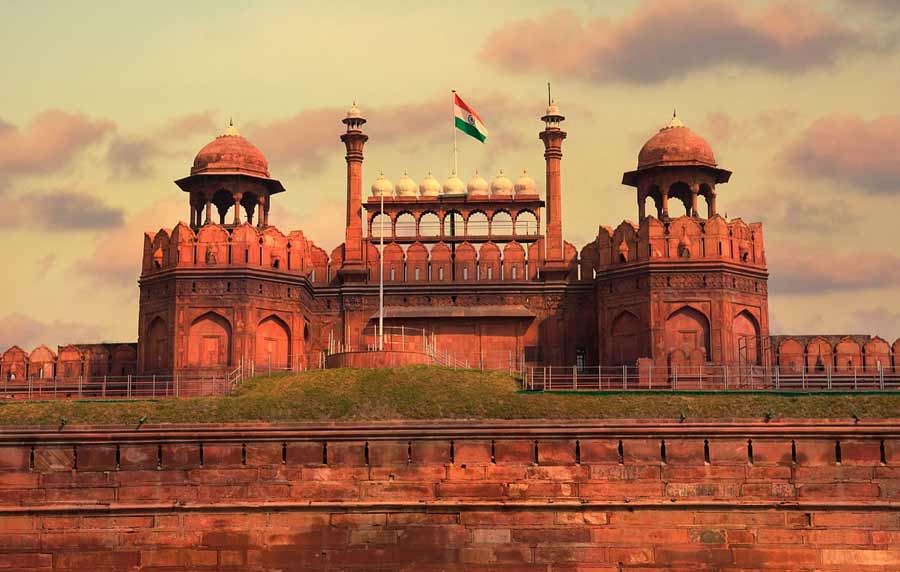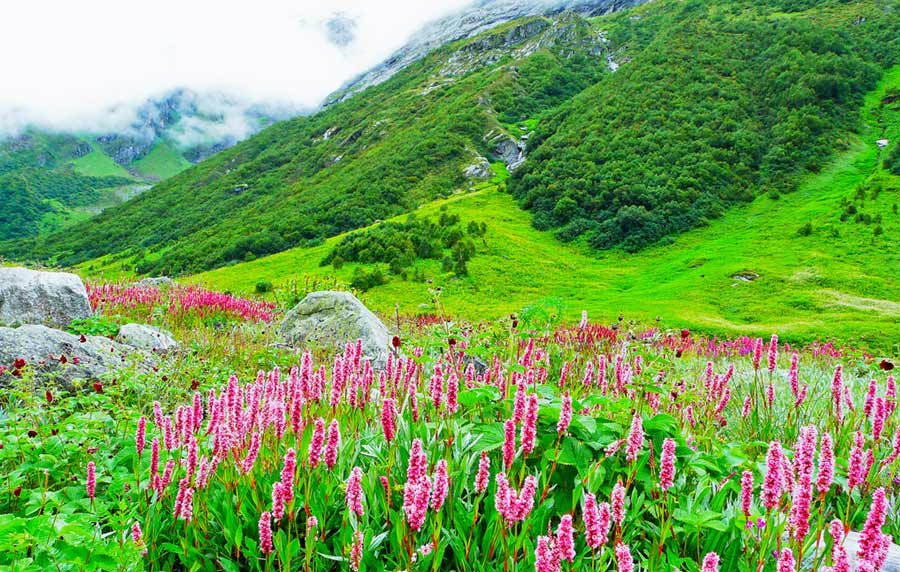Chittorgarh Fort
The Chittorgarh Fort is being one of the prime World Heritage Sites in Rajasthan is spread over an area of 280 Hectares, on a hill 180 high. It is said that the fort was built by the Mauryans in the 7th Century AD. The Chittorgarh Fort also boasts of having 84 water reservoirs within its campus in the past, which could hold enough water to meet the needs of 50,000 soldiers of the kingdom for 4 consecutive years. Chittorgarh Fort consists of 7 gates so high that enemies could not see or attack inside the fort, by even standing on an elephant or a camel. The monumental ruins of this place have inspired the tourists and the writers from numerous countries. The largest fort of India also invites and welcomes you to visit and explore its beauty and royalty.
Considered as one of the best places to see in Rajasthan which covers an area of 700 acres and stands on 180 metres high hill. Known for the valour of the Rajput Kings and the heroism and romance of the Rajputana princess. Even Meera, who was the mystic poetess and an ardent devotee of Lord Krishna is associated with this fort. Considered as the pride of the Rajasthan state and according to the historians it was believed to be made by the Mauryans in 7th century and further the structures were added by Mewar rulers.
Rajasthan tourism promotes it as one of the best sightseeing places and good for family holiday as well as adventure holidays. It is one of the must see places and can be reached through one line mile long serpentine road which leads to the fort.
UNESCO World Heritage Sites India
The United Nations Educational, Scientific and Cultural Organization (UNESCO) World Heritage Sites are important places of cultural or natural heritage as described in the UNESCO World Heritage Convention, established in 1972. There are 37 World Heritage Sites located in India. These include 29 cultural sites, seven natural sites and one mixed site. India has the sixth largest number of sites in the world. Recently, Orchha is enlisted in the tentative list of UNESCO. The Seventh Wonder of the World and a UNESCO World Heritage Site, Taj Mahal is not merely a site that brings us to the pages of history; it is an epitome of true love, brilliant architecture and artistic precision. The white-marble mausoleum was commissioned by Shah Jahan for his wife, Mumta Mahal, way back in 1632. And to complete the masterpiece it took about 22 years and as much as 20,000 artisans.
 +91 9799050299
+91 9799050299 







































